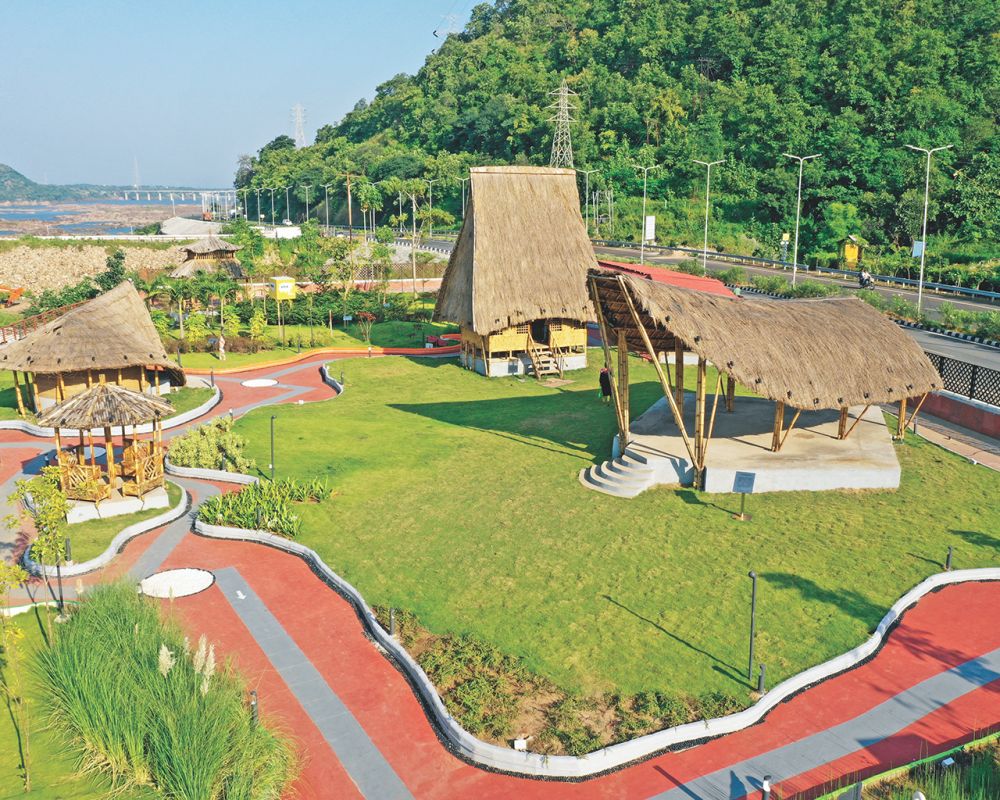

The Statue of Unity stands as a monumental tribute to Sardar Vallabhbhai Patel, a key figure in India's struggle for independence and the country's first Home Minister. Unveiled on October 31, 2018, by Prime Minister Narendra Modi, the Statue of Unity is not only a significant emblem of national pride but also a focal point for tourists in Gujarat, India.
Located on the river island called Sadhu Bet near Kevadia, this statue has been certified by the Guinness World Records as the world's tallest statue standing at a staggering height of 182 meters. Ever since its inauguration, it has propelled the region's tourism, leading to the development of the surrounding areas and the establishment of additional tourist attractions.
Vishwa Van (World Forest) is one of the newer additions to the eco-tourism portfolio around the Statue of Unity. It is conceived as a botanical garden, sprawling across 24 acres of land. Each continent's flora is represented in distinct bio-zones, making it a microcosm of the world's botanic diversity. This forest symbolizes the unity of the world and emphasizes the message of conservation and sustainable use of natural resources.
The tourism trends at the Statue of Unity have been evolving, especially since it is a relatively new destination. The latest trends include:
The Statue of Unity has played a significant role in transforming the economic landscape of the area by boosting not only tourism but also creating job opportunities. With the influx of tourists, local communities have found new avenues for income generation through the provision of services and handicrafts, fostering overall social and economic development.
As visitors continue to flock to the Statue of Unity and its surrounding attractions like Vishwa Van, the region is poised to become a beacon of modern tourism, combining respect for cultural heritage with an emphasis on environmental sustainability.